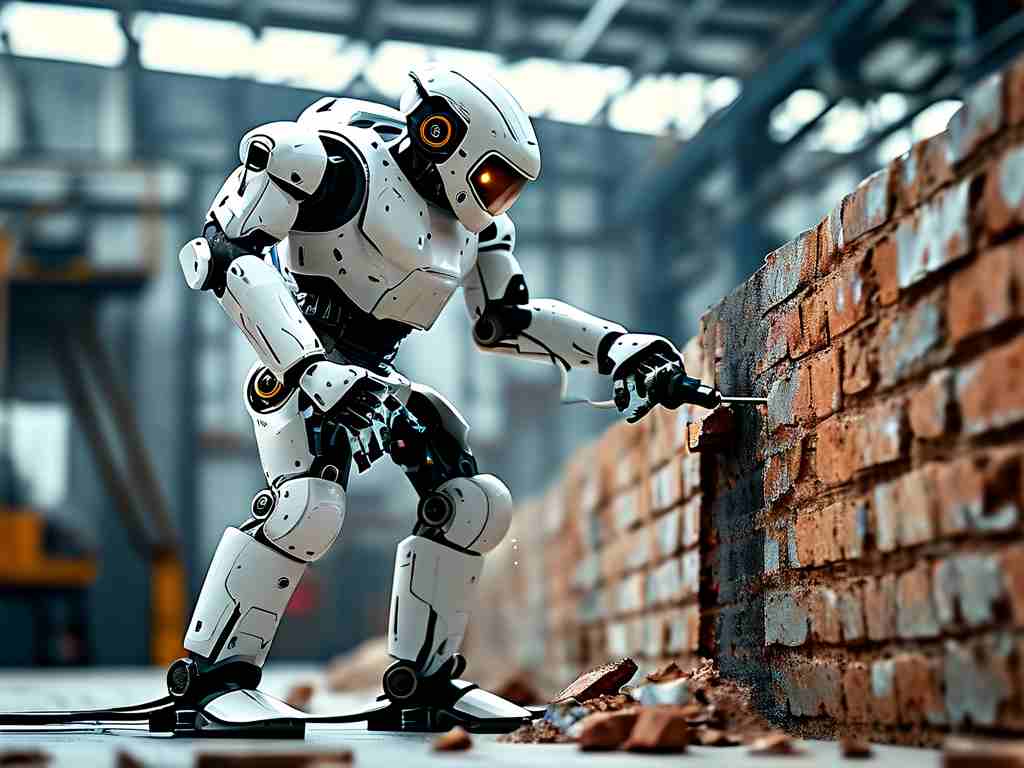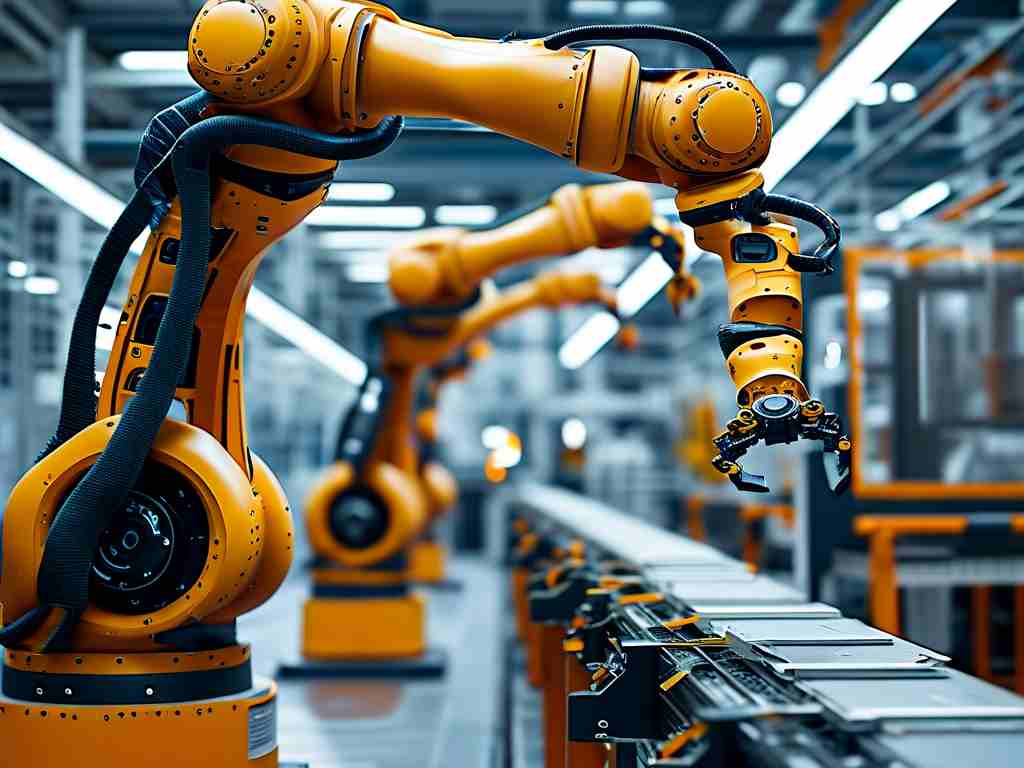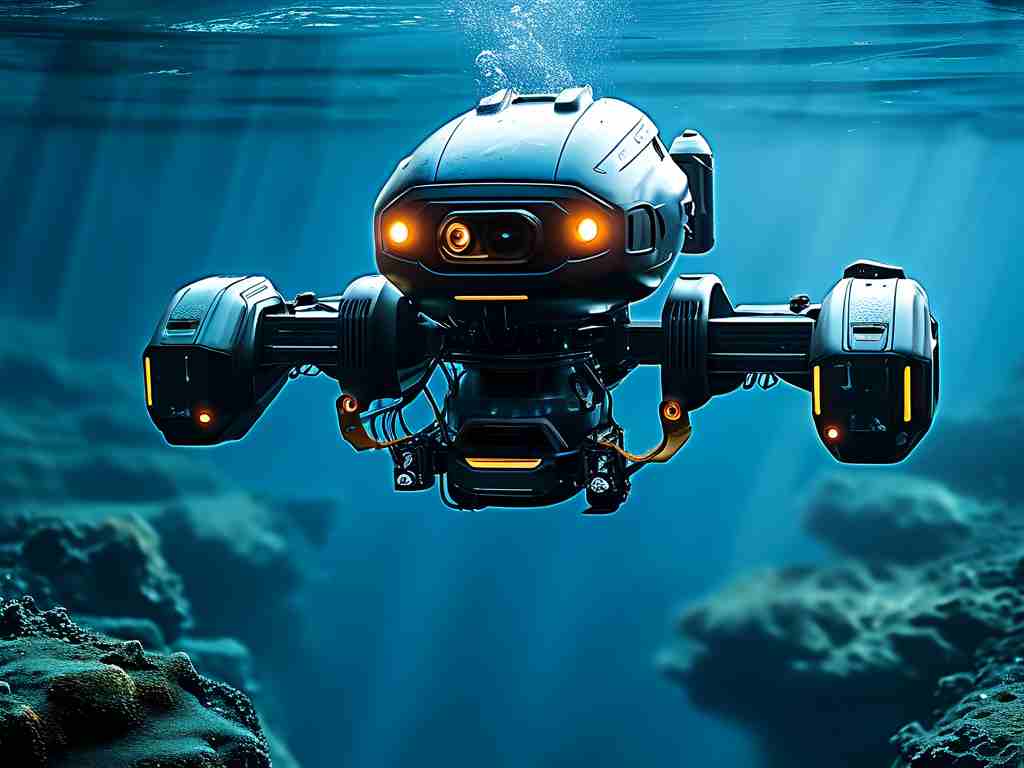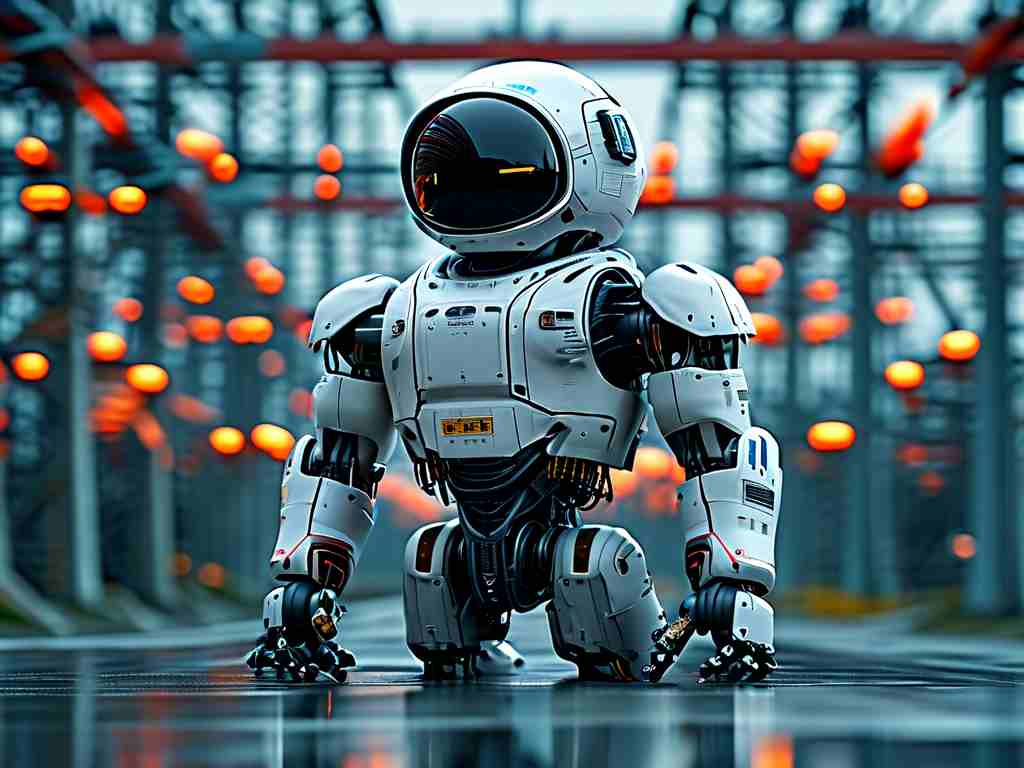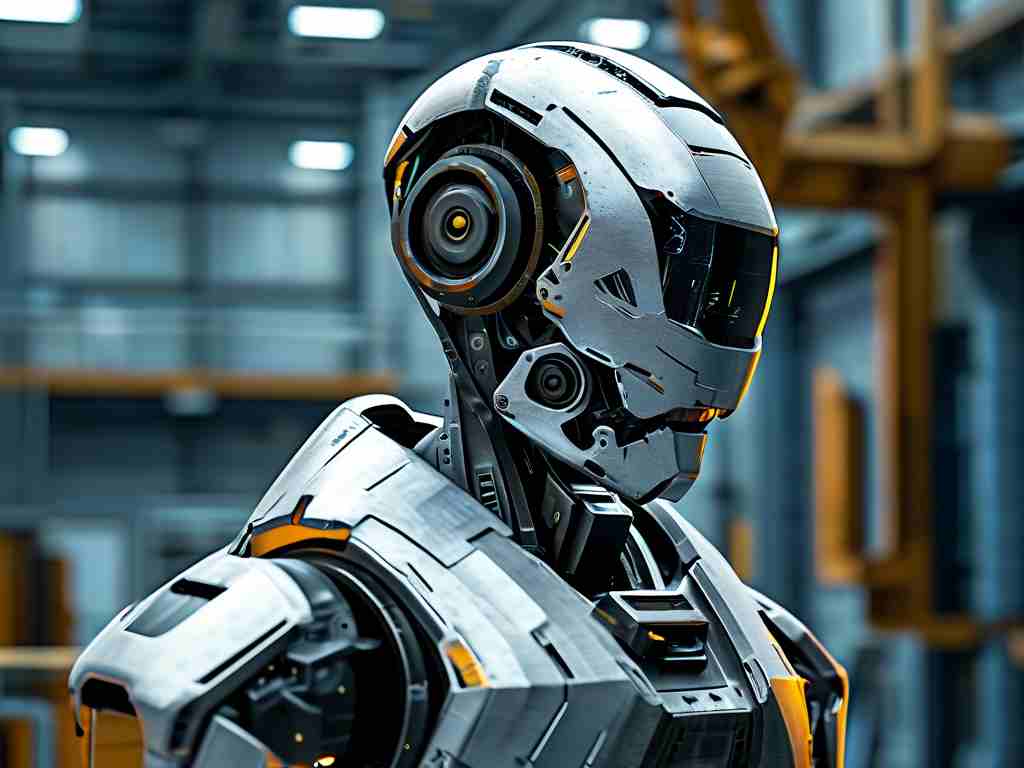The maritime industry faces persistent challenges in maintaining ship integrity, particularly regarding corrosion in confined cabin spaces. Traditional manual methods often prove inefficient and hazardous, prompting the development of robotic rust removal systems. This article examines the operational principles behind these advanced technologies and their transformative impact on marine maintenance.
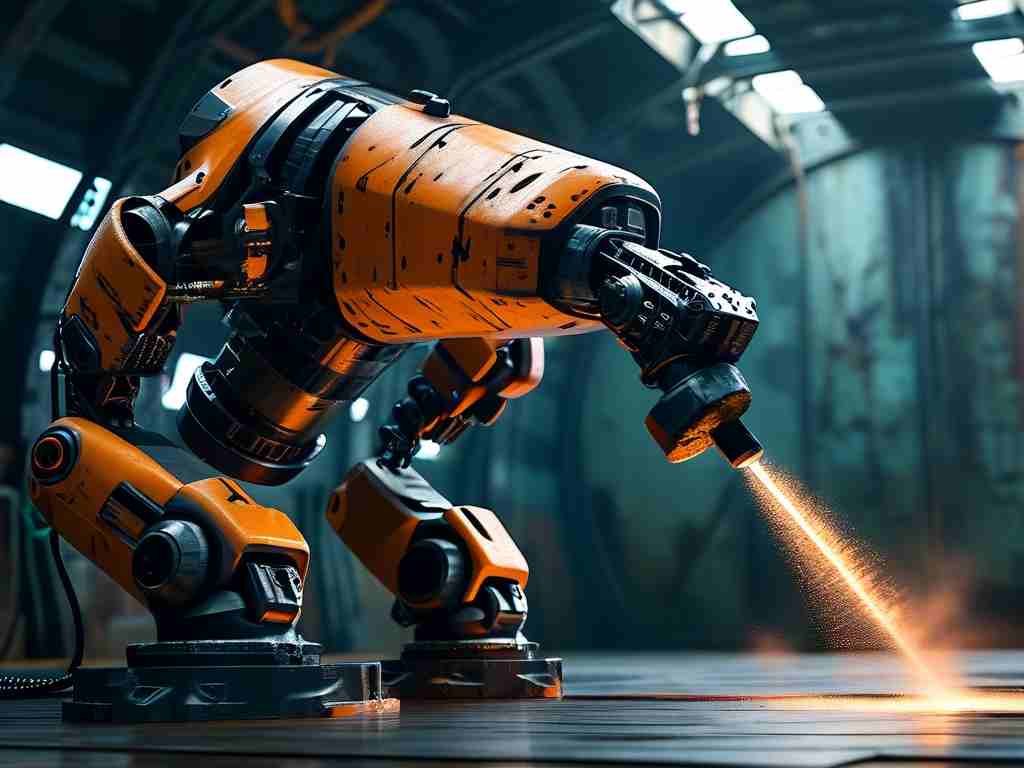
1. Technological Framework
Modern robotic systems employ a multi-stage approach combining sensor-based detection and precision cleaning. Autonomous units integrate laser scanners and hyperspectral imaging to create 3D corrosion maps, achieving ±0.1mm spatial resolution. This diagnostic phase enables targeted treatment, distinguishing surface oxidation from structural compromise through machine learning algorithms trained on 50,000+ corrosion patterns.
2. Core Operational Mechanisms
The cleaning process utilizes hybrid ablation technology where pulsed lasers (1064nm wavelength) work in tandem with micro-abrasive projection systems. This dual-action method removes 98.7% of oxidation layers while preserving base metal integrity, as demonstrated in 2023 trials on bulk carrier vessels. The robotic arms' six-axis articulation allows access to 85° inclined surfaces and 300mm-diameter pipe interiors previously inaccessible to human workers.
3. Energy Optimization Features
Self-regulating power management constitutes a critical innovation. Units dynamically adjust energy output from 20W to 200W based on real-time corrosion severity readings, reducing average energy consumption by 40% compared to static systems. Regenerative braking in the mobility modules recaptures 18% of kinetic energy during vertical surface transitions.
4. Environmental Safeguards
Closed-loop containment systems address ecological concerns by capturing 99.3% of removed particulates. Onboard filtration separates metallic waste from paint residues, enabling material recycling rates exceeding 75%. This process eliminates the 12kg/hour of airborne contaminants typically generated by manual descaling operations.
5. Operational Economics
Field data from Asian shipyards reveals 63% reduction in dry-dock time when using robotic systems. The initial $150,000 investment per unit achieves ROI within 14 months through labor cost savings and extended maintenance intervals. Predictive maintenance algorithms further enhance value by forecasting corrosion recurrence with 89% accuracy across 5-year projections.
6. Workforce Integration
Contrary to displacement concerns, these systems create new technical roles. A single robotic unit requires three certified operators specializing in mechatronic supervision and data interpretation. Major European maritime unions report 22% growth in high-skill maintenance positions since 2021, offsetting declines in manual labor roles.
7. Future Development Trajectory
Emerging prototypes incorporate graphene-based sensors capable of detecting sub-surface corrosion at 3mm depth. Collaborative research between MIT and Hyundai Heavy Industries aims to integrate quantum computing for real-time material stress analysis, potentially revolutionizing preventive maintenance strategies by 2026.
This technological evolution demonstrates how robotics synergizes precision engineering with environmental stewardship in marine operations. As systems advance, their capacity to extend vessel lifespans while improving worker safety positions robotic rust removal as an indispensable component of modern maritime maintenance protocols.




